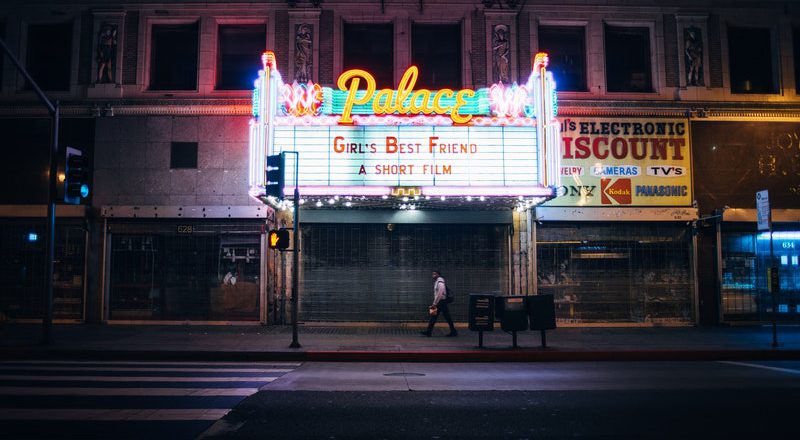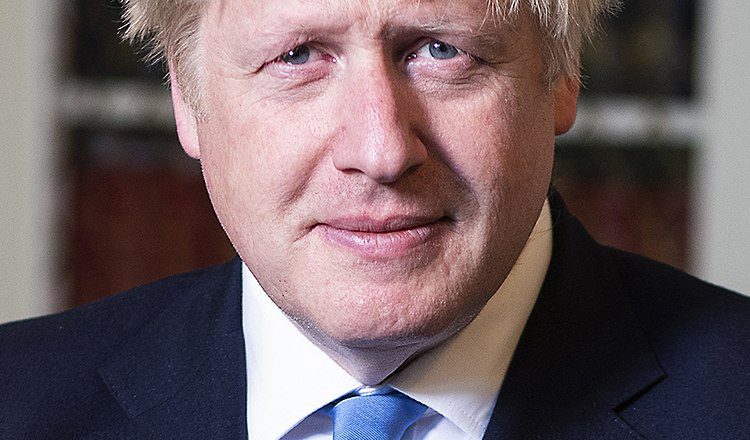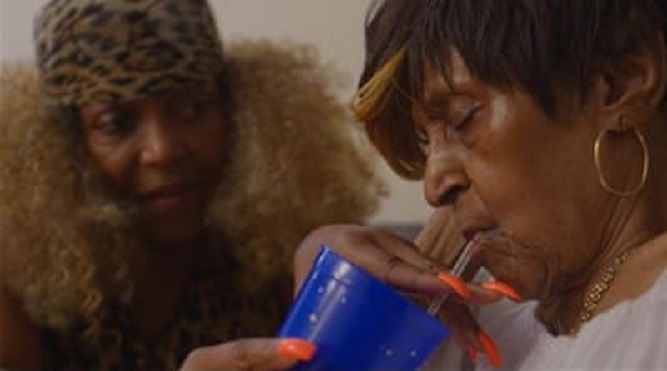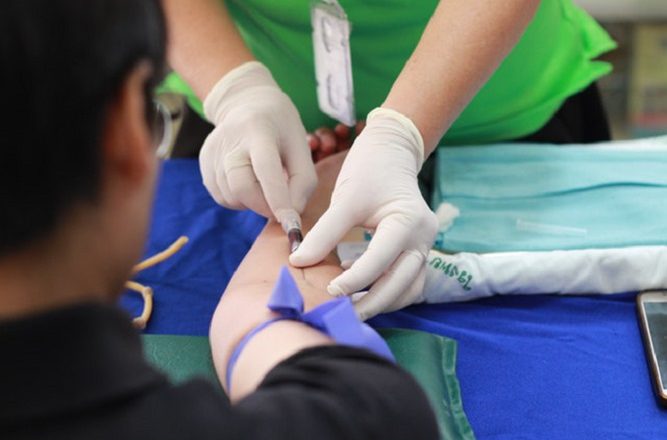Pregnancy during a pandemic: The stress of COVID-19 on pregnant women and new mothers is showing
Pregnancy is stressful, to say the least, but COVID-19 brings new challenges to parents of newborns. The Centers for Disease Control and Prevention has identified pregnant women as a vulnerable population. If infected, they are more likely to be hospitalized and require ventilation and their risk of preterm birth goes up.
Economists predict that the U.S. may have at least 500,000 fewer births because of the pandemic. Deciding not to become pregnant during a pandemic is understandable, particularly in the U.S., as it is one of five countries worldwide and the only country classified as high-income by the World Bank, that does not mandate paid maternity leave for non-federally employed workers.
As scholars who study prenatal and postnatal stress, maternal nutrition and the brain developmen...




